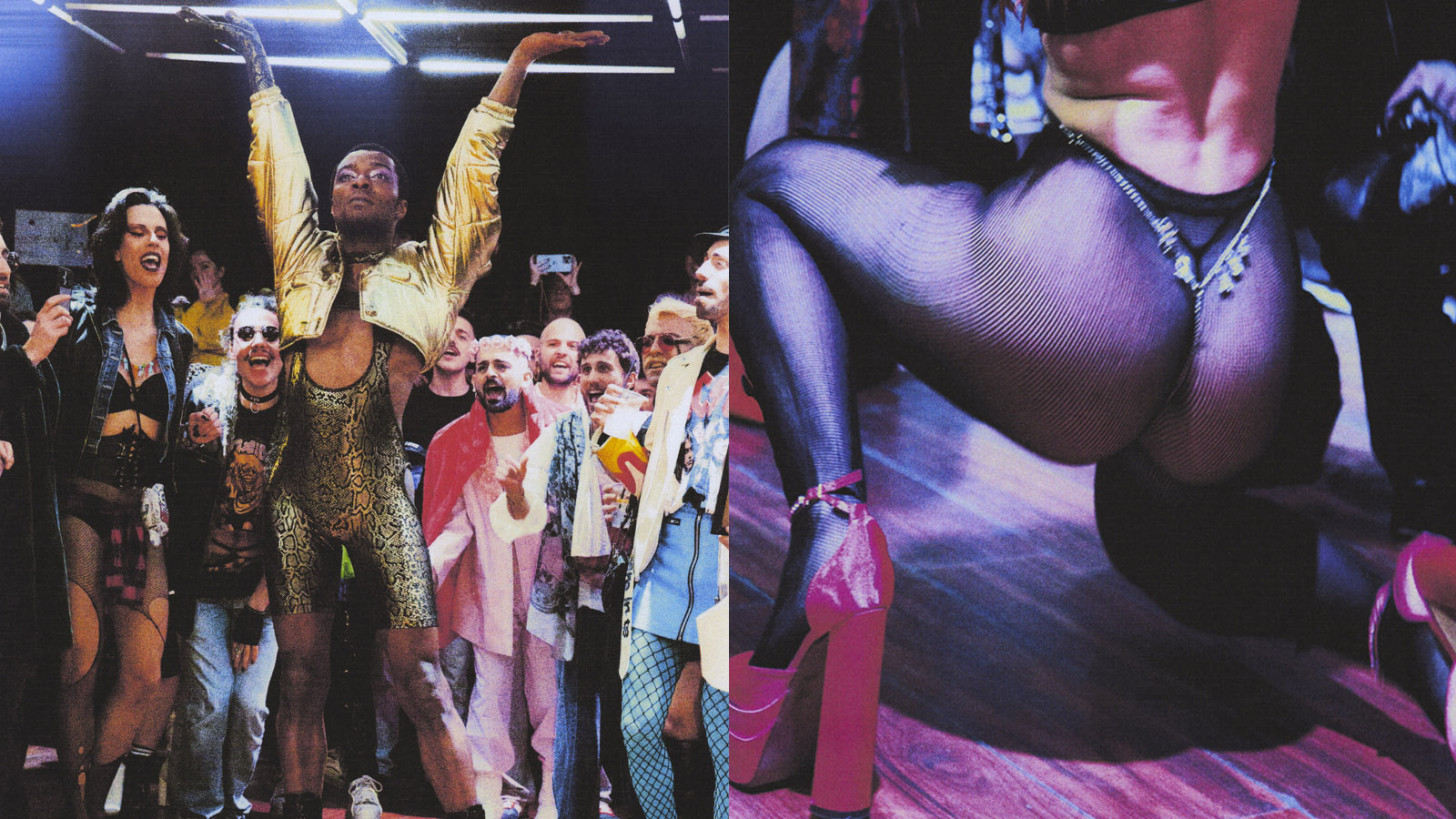Italy’s Naples is a layered city. Its historical and cultural roots lie deep in the queerness that pervades the entire region — from the Neapolitan femminielli, to the pagan ‘brides’ and the trans community of Scampia, as photographed by Jess Kohl. It’s a place of sea, port and passage, where multiculturalism, authenticity and anarchy meet and hybridise. The ballroom scene in Naples is nothing but the concretisation of this essence: a place for the local queer community to meet, to unite, to feel at home and fully express their vision, creativity and identity.
“We Neapolitans have a very deep relationship with our land and we claim our identity without any shame,” Danilo aka Yunikon Ninja, Godmother of the Neapolitan Iconic Hall of Fame Kiki House of Juicy Couture, tells us. “The ballroom scene in Naples was born out of the very need of young Neapolitans to have their own space, their own community,” he adds. “Naples has very strong queer roots, so the ballroom is felt as a real necessity, a vindication of the need to have our own ballroom.”
Last month, Yunikon invited us into the Naploni ballroom scene by welcoming us to :the myths and legends kiki ball” at Basic Club in Pozzuoli. As they warmed up for the big night, Yunikon, along with dancers Ciro and Sabrina, told us the story of their community, what it means for them to be part of it and the role it plays in the social fabric of Naples.
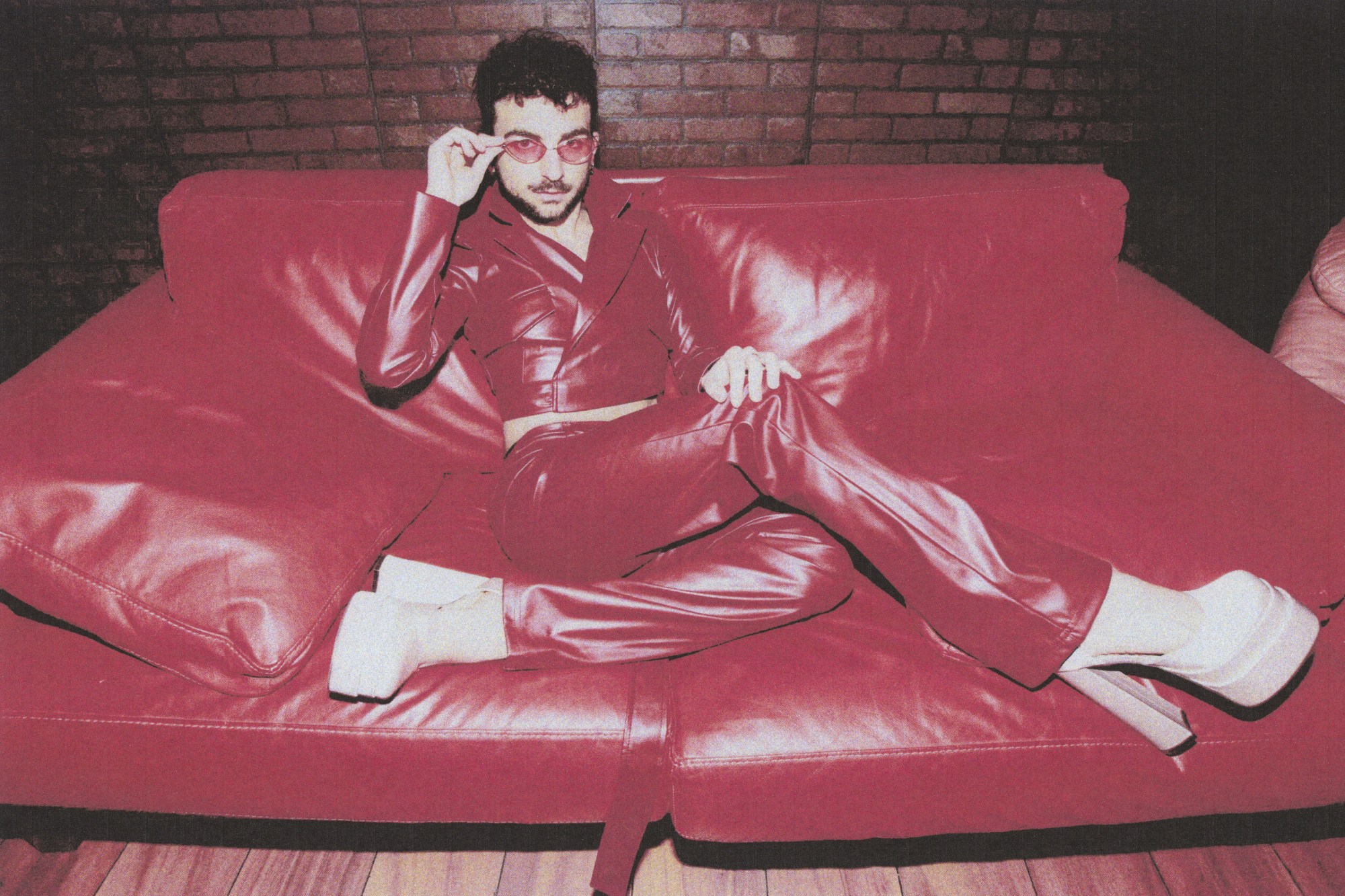
Danilo aka Yunikon
What is your role within the ballroom scene?
I’m a member of the Iconic House of Ninja and in the Kiki Scene I’m Godmother to the Iconic Hall of Fame Kiki House of Juicy Couture, which comes with quite a few responsibilities. The biggest is being a role model and guide for the kids, which shows how much the ballroom influences our lives and vice versa. I also take care of a lot of practical aspects, such as participation in the categories, organising the ball, helping the kids out with performances and outfits.
Why did you decide to build a ballroom scene in Naples?
There have been previous attempts to create a ballroom scene in Naples, but it didn’t match the essence of the community. When the focus shifted from the performance aspect to the subcultural essence of the ballroom, many kids and people already present in the local underground scene joined forces to create a Neapolitan scene. But the turning point came when I started training my kids in the streets.
How would you describe the scene?
Neapolitan kids make their motivation and needs heard loud and clear, without forgetting the sense of community. Naples is a city of great talent and inspiration, and when all this conveys a message on the runway it is pure magic. There is a need to tell our stories, our hardships; and that is why I think that in Naples the ballroom has a deeper, purer meaning. Those who enter the ballroom do not do it to win a trophy. The ballroom teaches you to live in a society that makes you feel perpetually on alert, in a state of survival. For this reason, although it is a somewhat utopian vision, I hope that with the spread of ballroom scene, the message that this community has carried for decades will also expand, and not just the performative part of it.

Do you think it’s a necessary space in today’s Italy?
Absolutely. And I think it will be for a very long time. Italy is struggling to make the basic progress for minorities to be able to live safely in a civilised country. Ballroom teaches you to be aware of the privileges you have in the scene and those you don’t have in real life. It teaches you to be aware of issues that the media doesn’t talk about because they don’t affect citizens who are considered “class A”. The Christian and conservative ideology still lingers in our country, and that is certainly not a good thing.
When it comes to ballroom and media representation, do you believe there are discrepancies between what the scene is and what those who are not part of it believe it to be?
The most problematic aspect is that it is mainly the LGBTQIA+ community that feeds a totally wrong imagery of ballroom, putting the focus on the performance aspect, which actually is not in the front seat. The juxtaposition of ballroom with vogue is an endemic habit that distracts from the true nature of our community and the close ties it has with the cultural context in which it is born. Performance is but a means of expressing our discomfort in society and glorifying our uniqueness.
The bond that is created in the houses is very deep. Why does it happen?
It happens because all of them need to feel at home, but not all of them are lucky enough to be born into a family that is compatible with them or with whom they can talk and exchange ideas. Establishing relationships of trust is fundamental in a society where minorities must constantly live in a state of survival; this is why parental figures in the scene are essential. The community is a constant reminder that whoever is part of it is never alone and is loved for who they are.
Any advice for those just starting out in this world?
Learn the history, be inspired by the oldest and most historical figures on the scene, try to live the ballroom on a daily basis. Don’t be afraid to ask for information or help, we are there. Be active and curious, tell your story, make connections. If you feel the need to get involved in the scene there will be a reason, so always be true to yourself and, above all, love yourself.
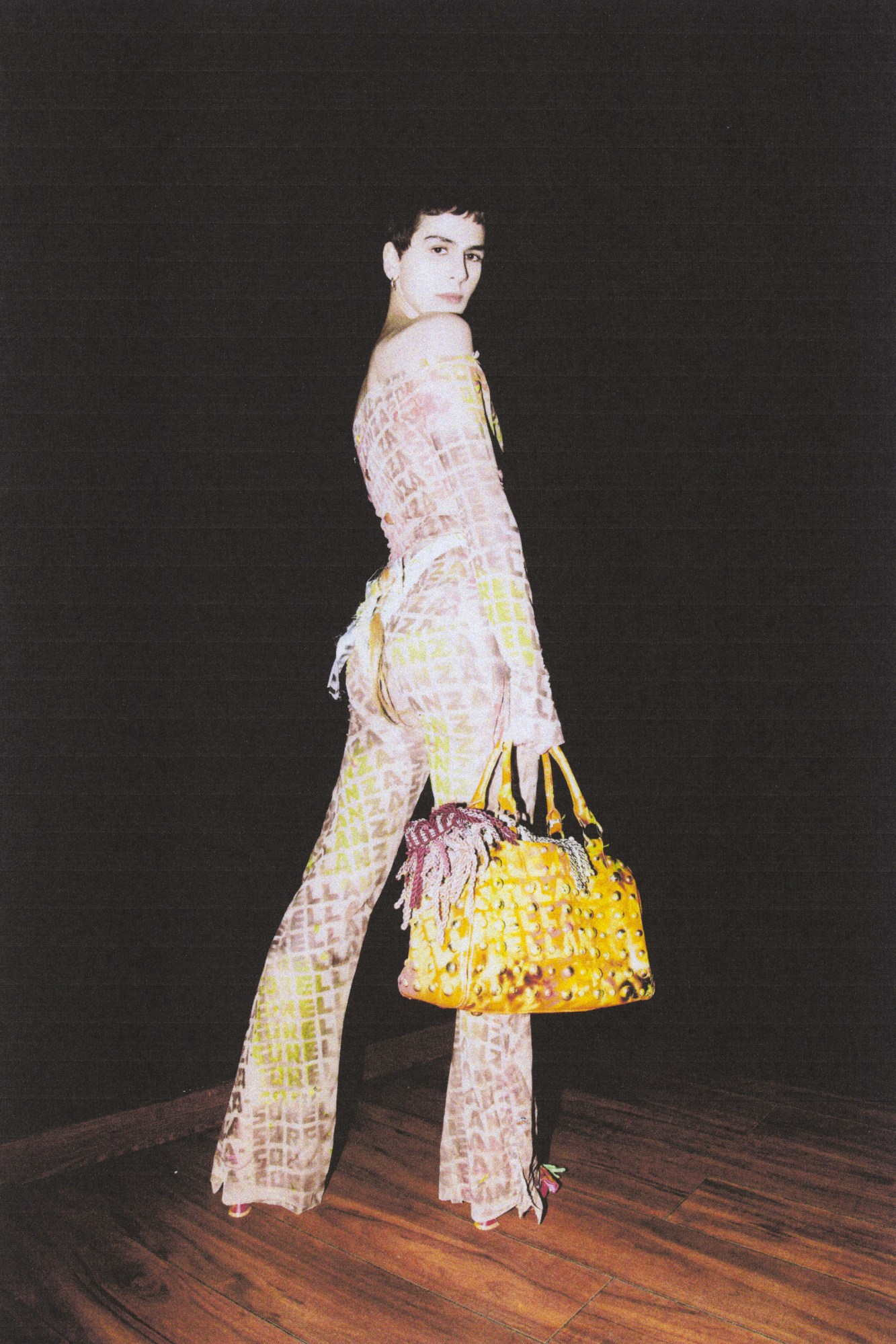
Ciro aka Ciro007
What is your role within the ballroom scene and what does it mean?
I am a kid within the ballroom scene and I am not part of a House. This means I have no house affiliations; I participate in the ballroom scene as I please, walking the categories I feel comfortable in, based on my own resources.
Why did you decide to get involved in the ballroom scene in Naples?
I took my first voguing class in London with Benjamin Milan in 2015, when there was still no scene in Naples. And then I watched it grow over the years. There have been a lot of difficulties, but the need to find new spaces and tools for the queer community in Naples is getting stronger.
Tell us about the similarities and differences between the Italian ballroom scene and those of other countries.
The Italian scene is different from others because it was born in a cisgender context tied to the dance landscape, so there has been a reverse path to recover that social component. As a gender-neutral trans person, I understand very well what it means to see so few non-white and trans people on the ball catwalks in Italy. There should be new categories designed for non-binary people.
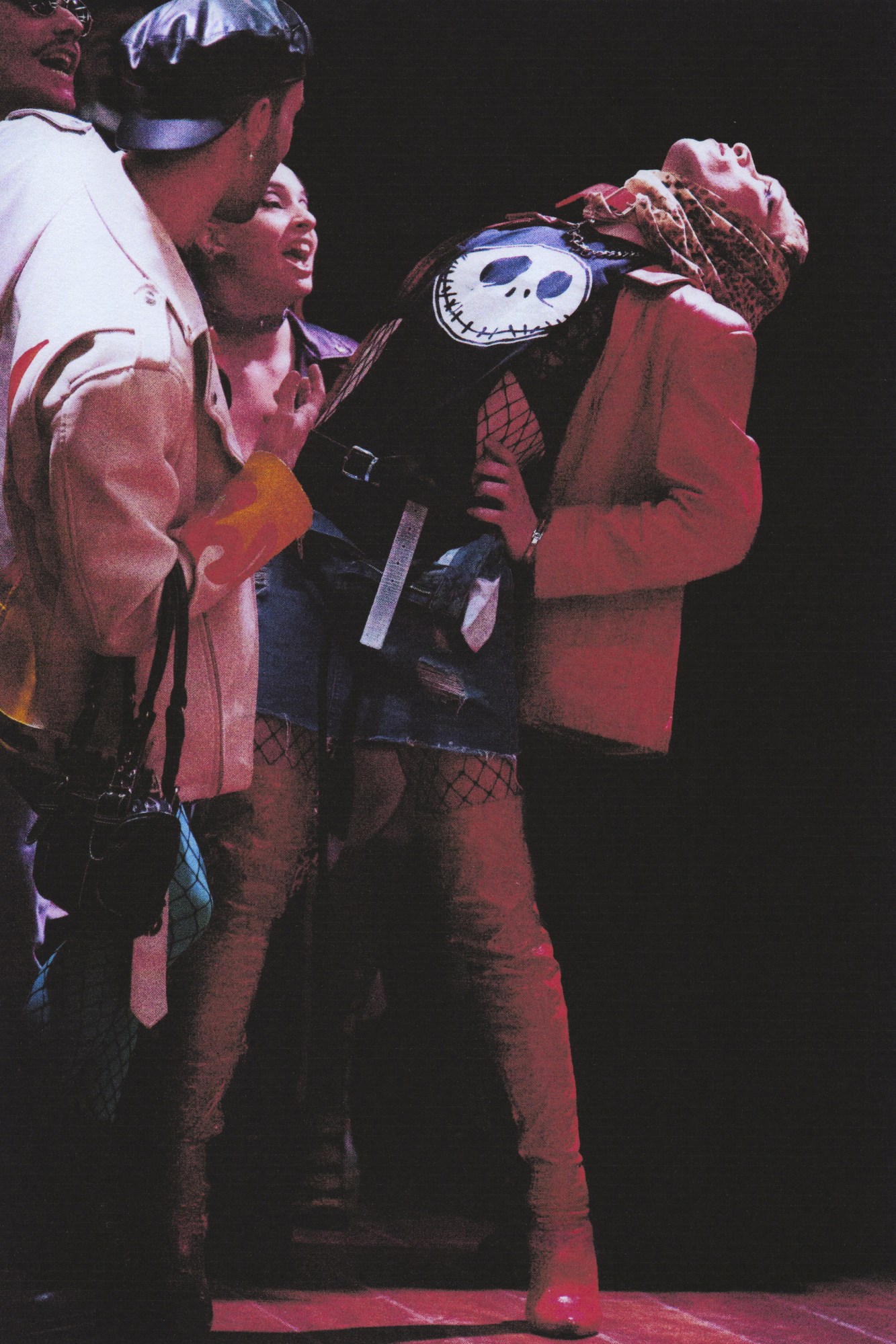
How would you define the relationship between fashion and the ballroom scene?
It’s one of those few examples where fashion doesn’t manage to engulf everything. I think it is due to the fact that both fashion and ballroom create elaborate aesthetic canons, but each according to their own criteria and objectives.
Got any advice for those just starting out in this world?
Do some research in order to understand how to express yourself and how to best live in the ballroom scene. There is no reason to be in a hurry to win an award or a title.
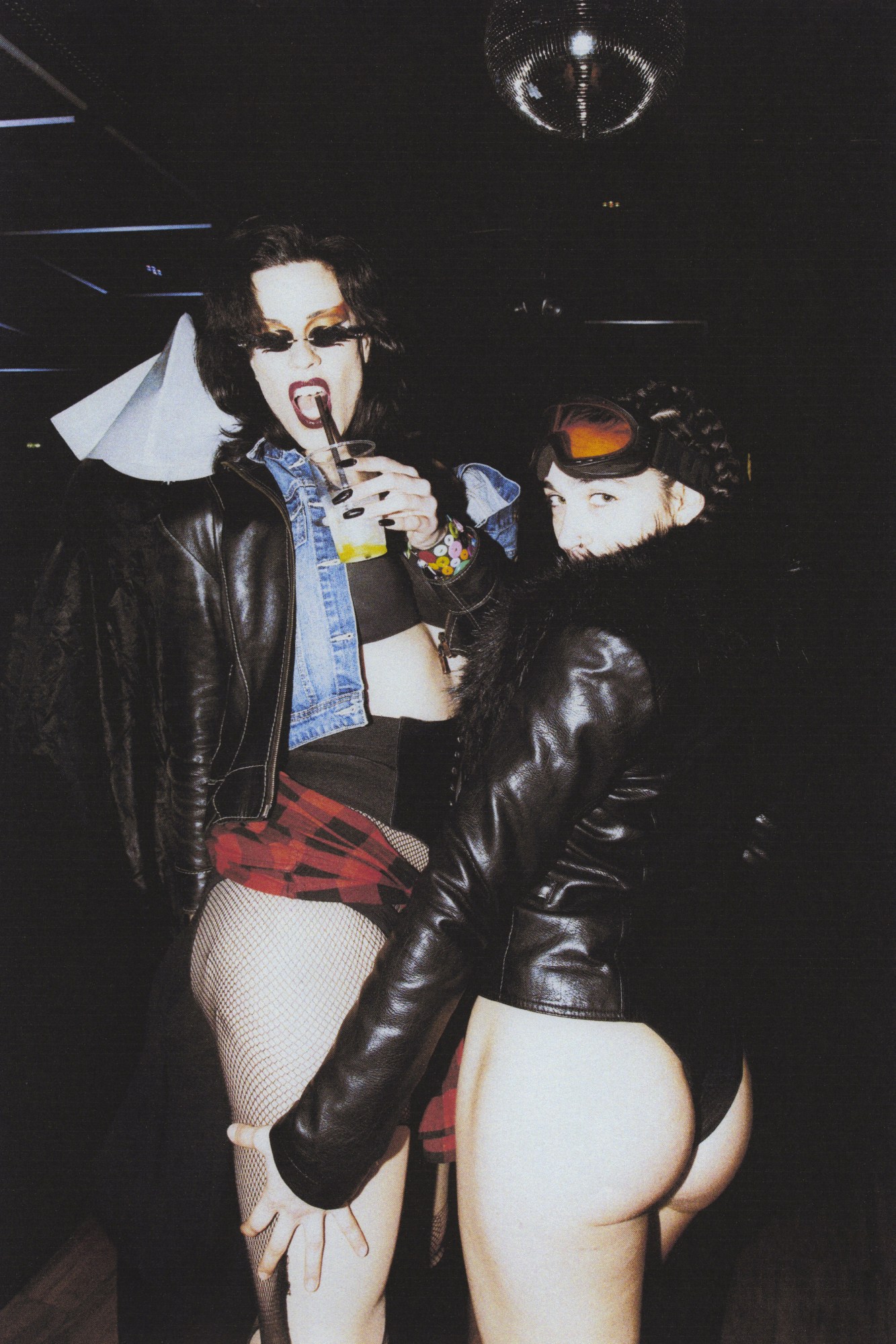
Sabrina aka Faija007
What is your role within the ballroom scene and what does it mean?
I am Faija007, I am part of the Neapolitan ballroom scene, but I am not part of a specific House. My commitment to the community is to create an increasingly united, broad and emancipated scene.
Why did you decide to get involved in the ballroom scene in Naples?
The Neapolitan ballroom scene is growing. I approached it because I needed to feel part of something, and it happened thanks to the people who are part of it: Amazon Medusa, Yunikon Ninja, May007, Chillin007 and Ciro007.
How do you hope the scene will influence the city?
I would like it to influence the city to such an extent that it becomes more inclusive and tolerant, so that we no longer feel excluded and despised.
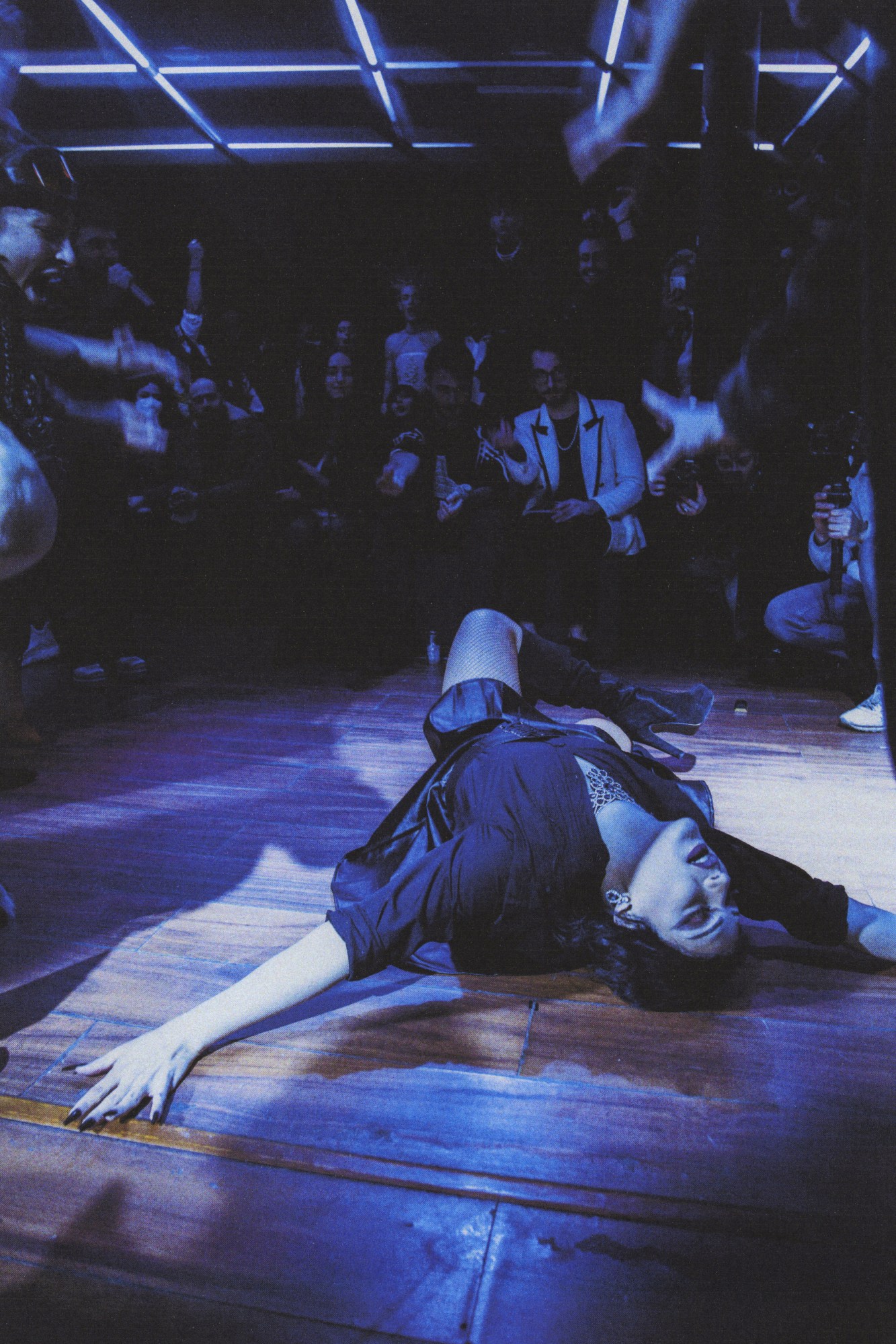
What’s the difference between who you are inside and outside the scene?
Inside the scene I can really show myself for what I truly am.
How would you describe the ballroom scene in your city today? And has it changed in the last few years?
It is a solid, albeit new, scene. In the last few years there have been many changes, which have united us more and more. We started out on the street, and then moved to a popular gym. By hosting us, this space gives us the possibility to stay together and also to be a reference point for those who don’t know us.
Do you see any positive aspects to the mainstream interest in the ballroom scene?
Of course! Knowing something is always better than not knowing it.

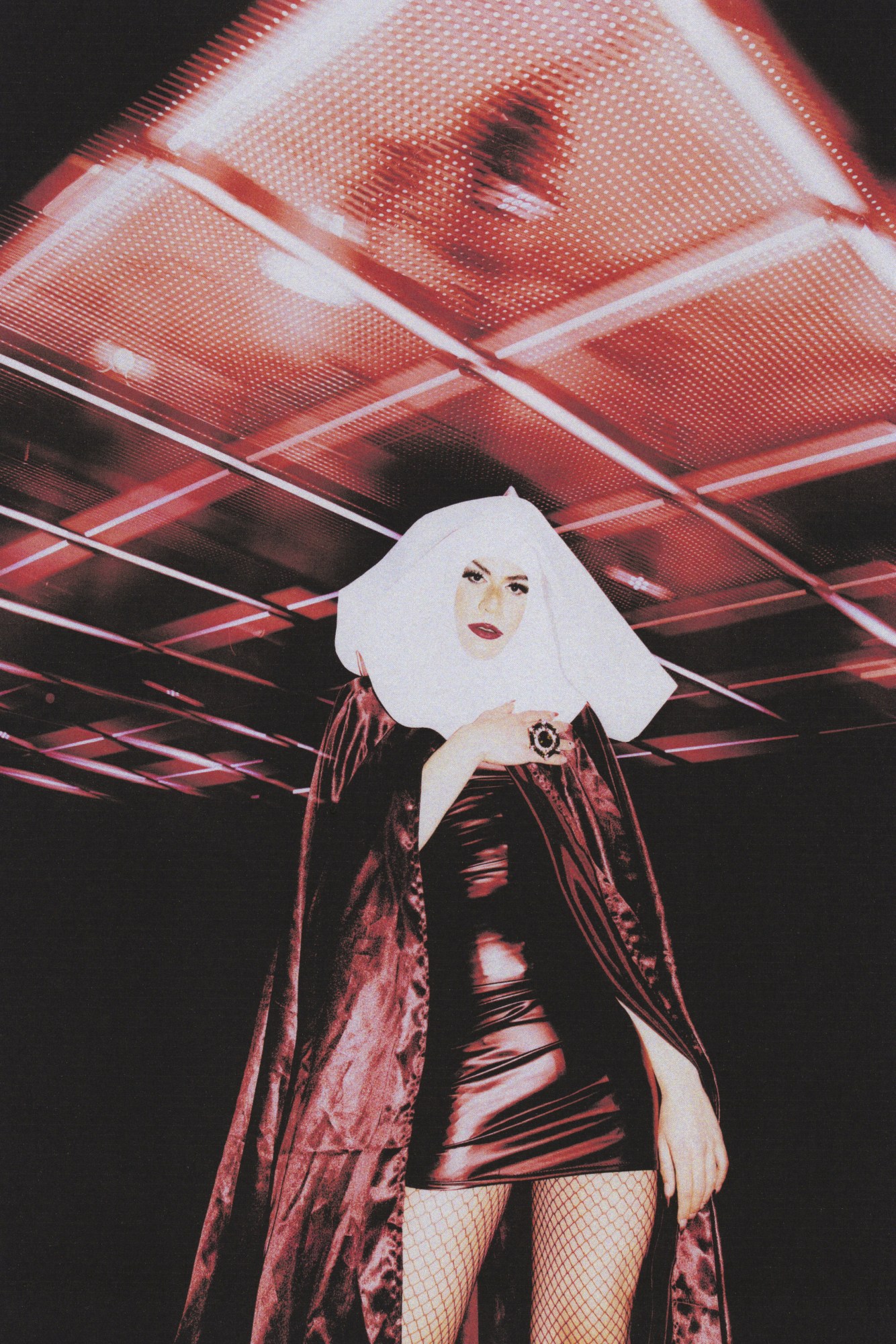
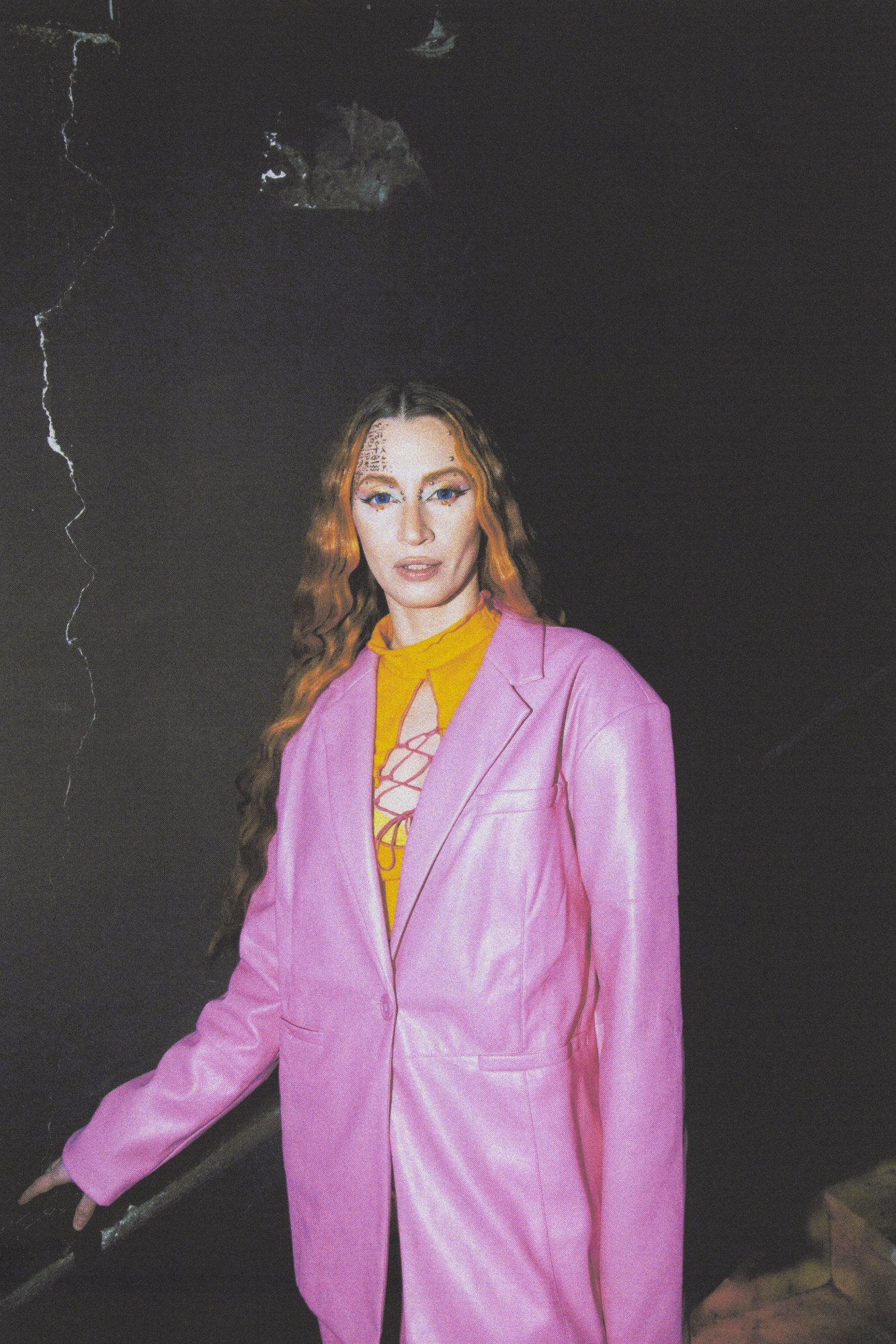
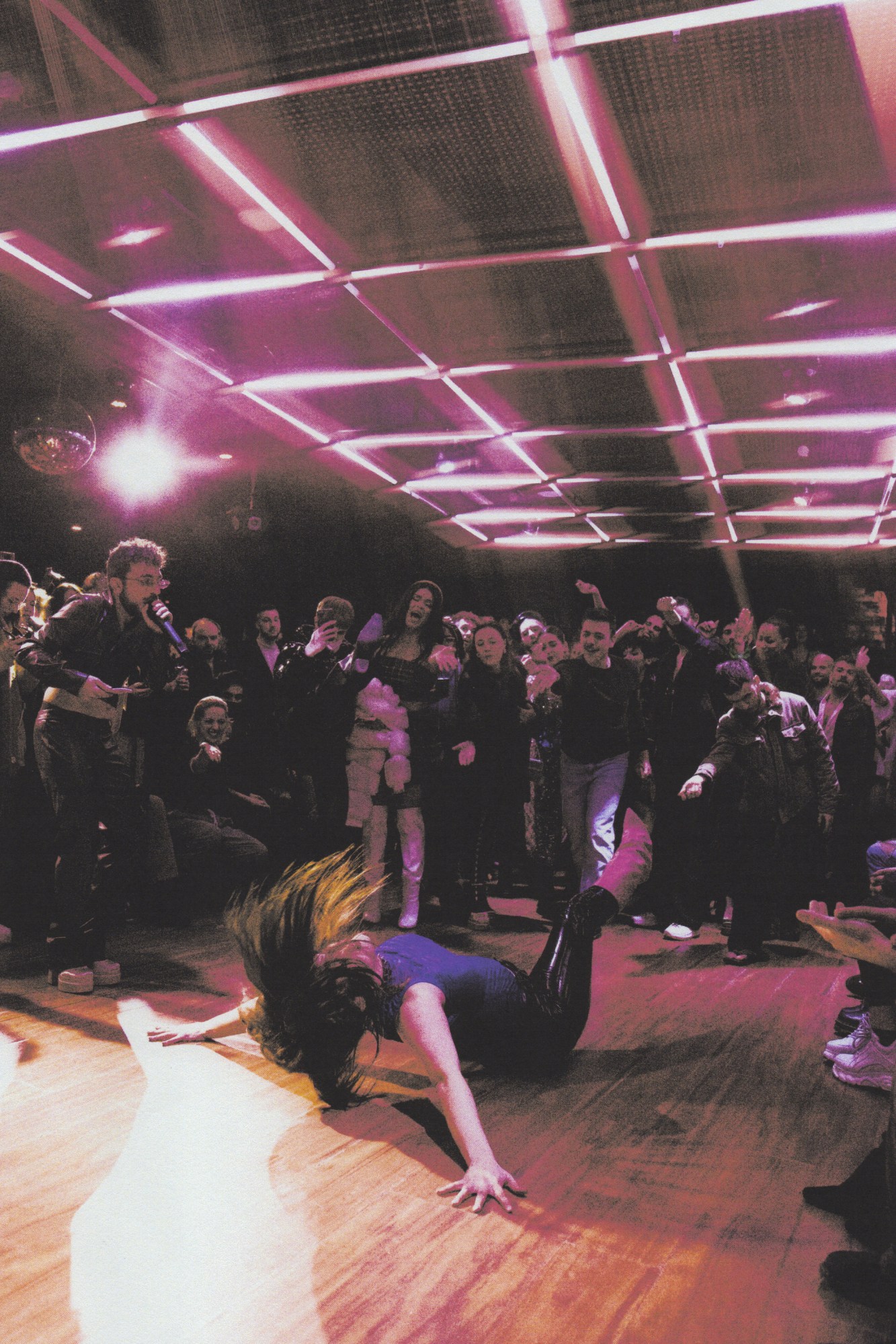
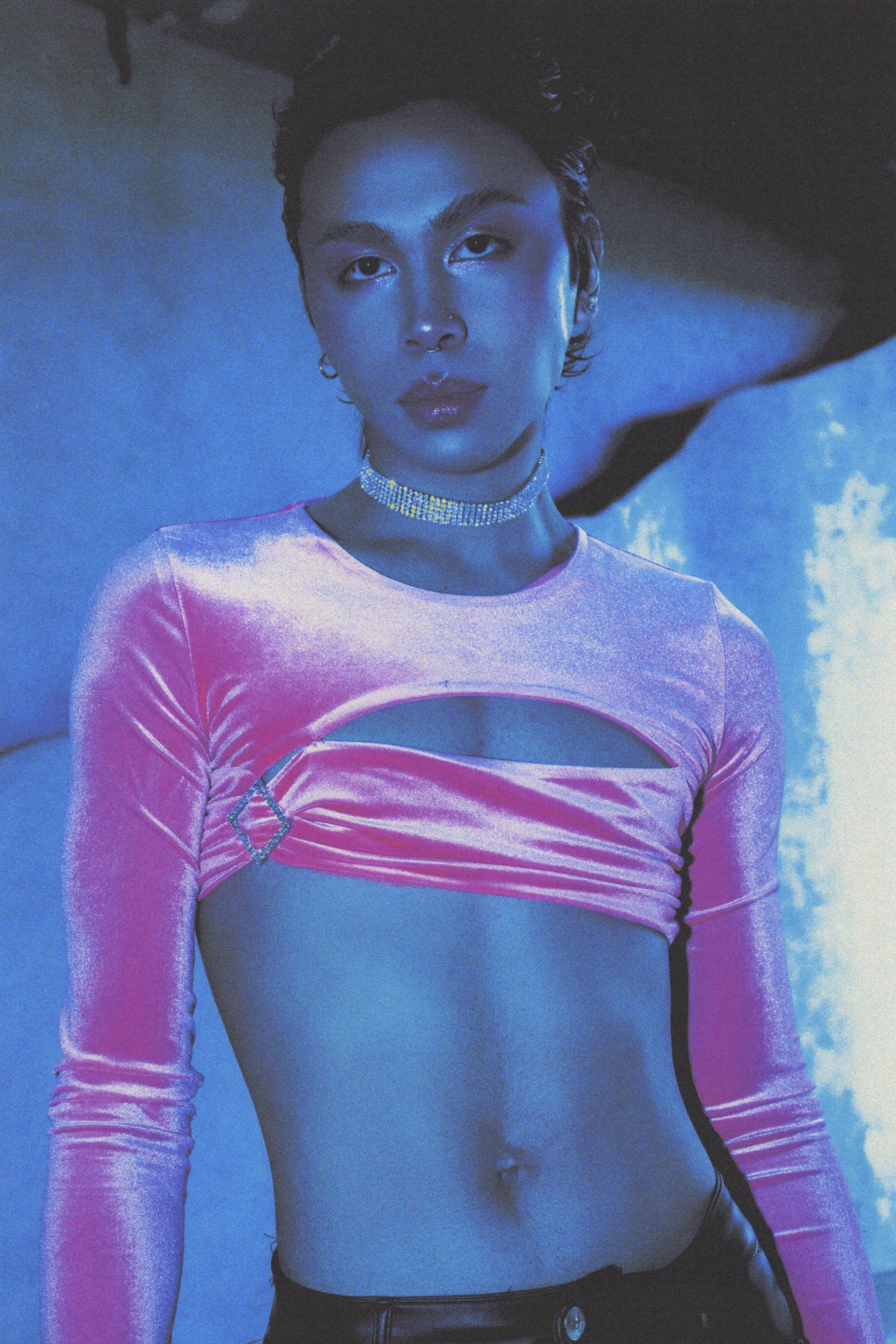
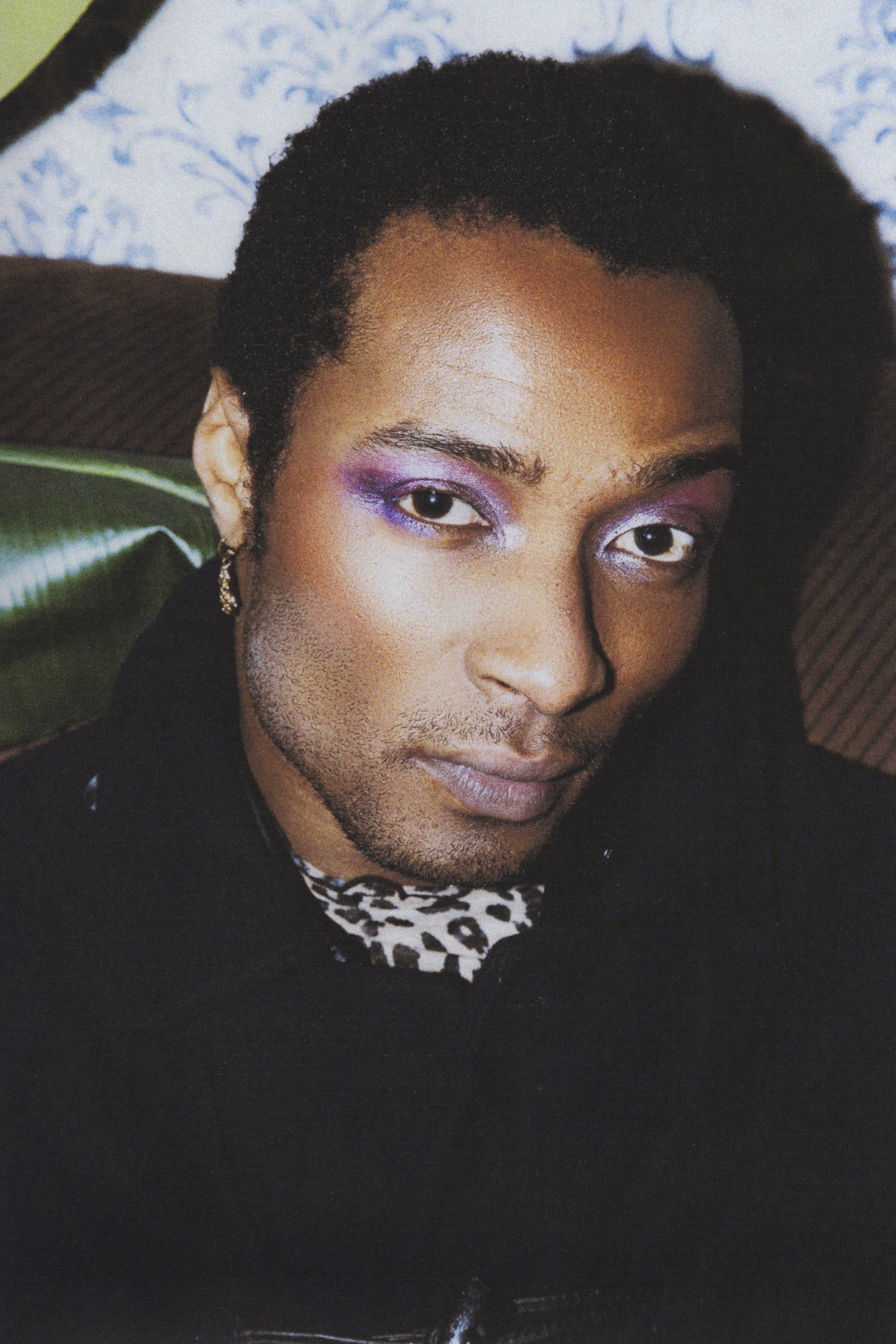
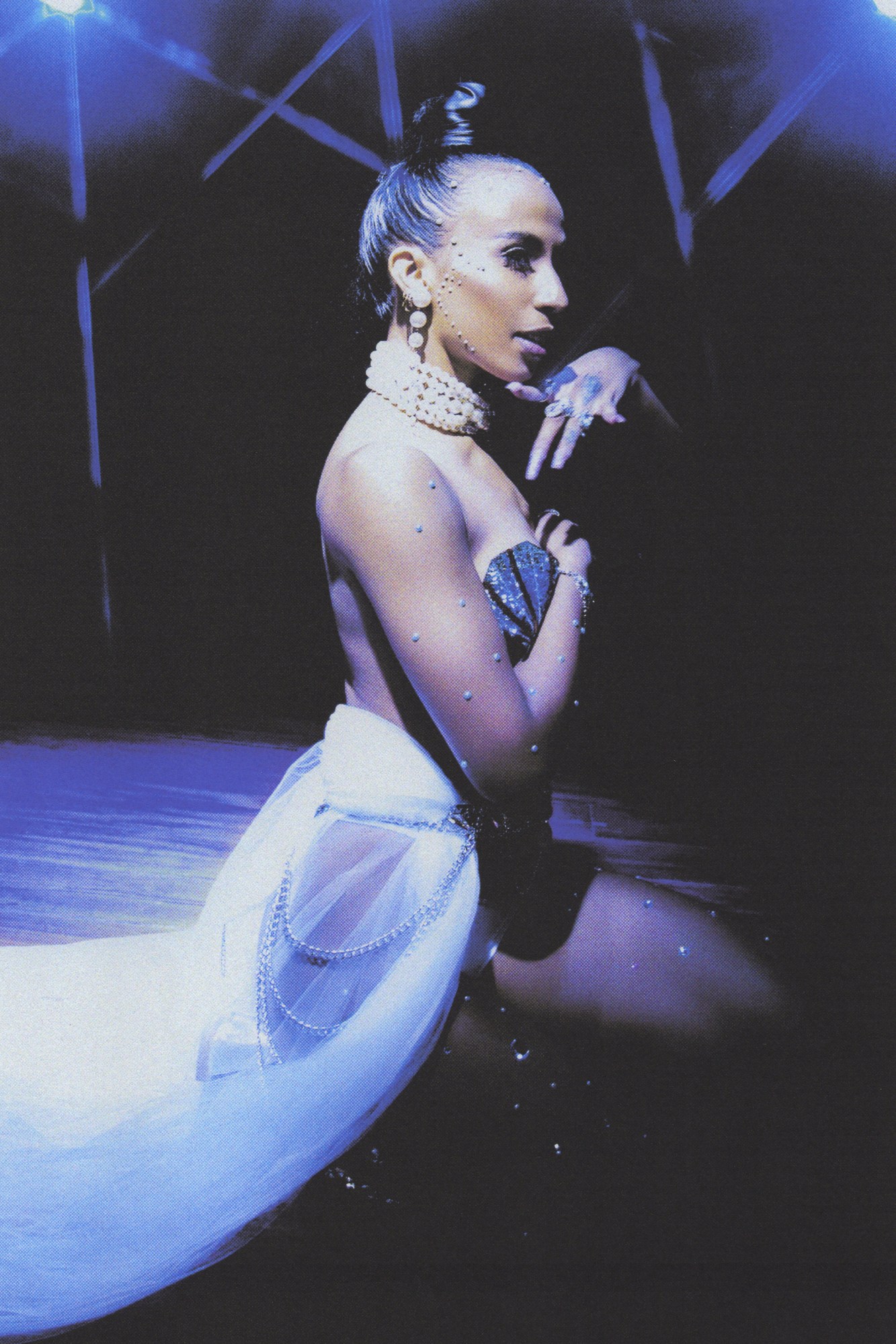
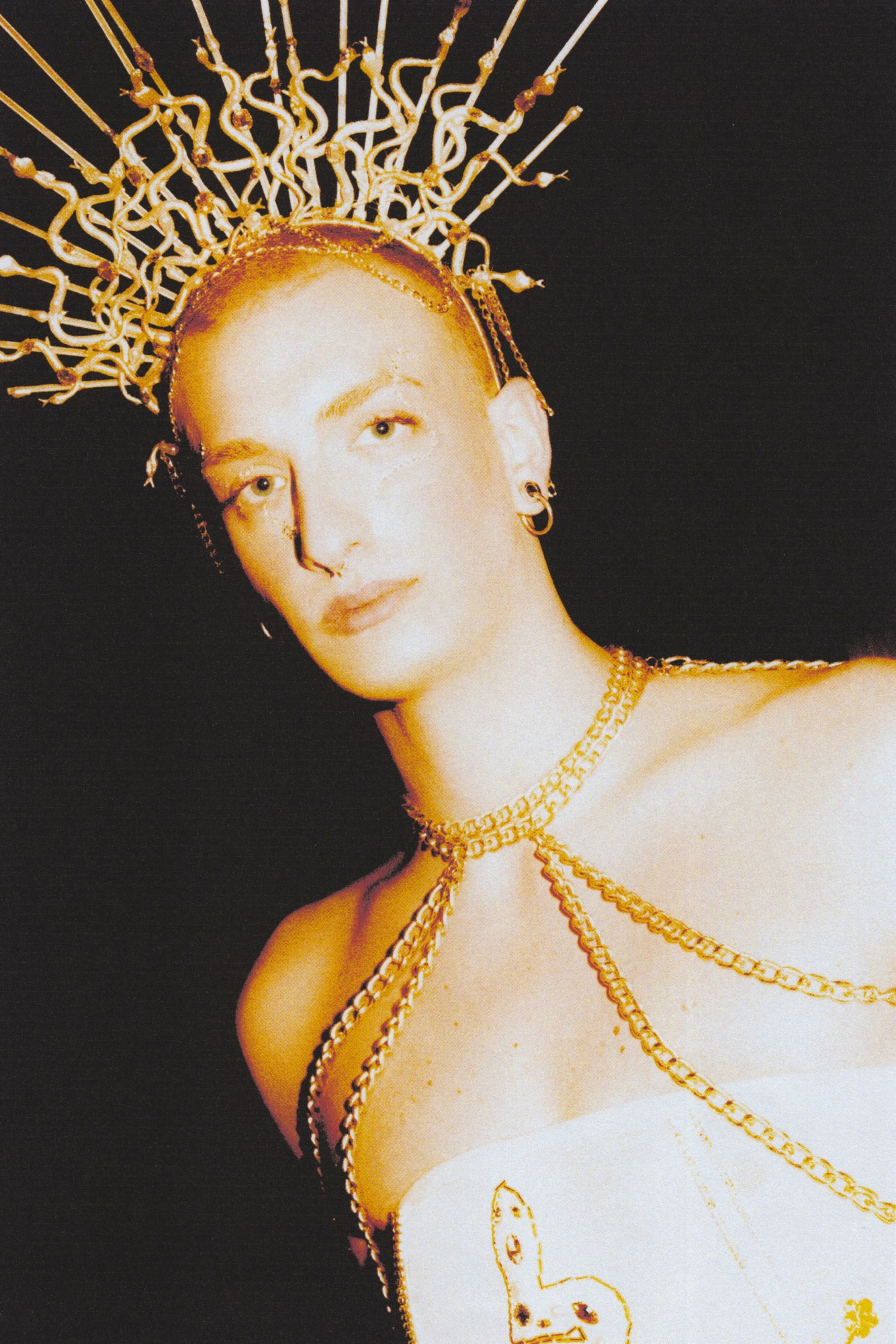
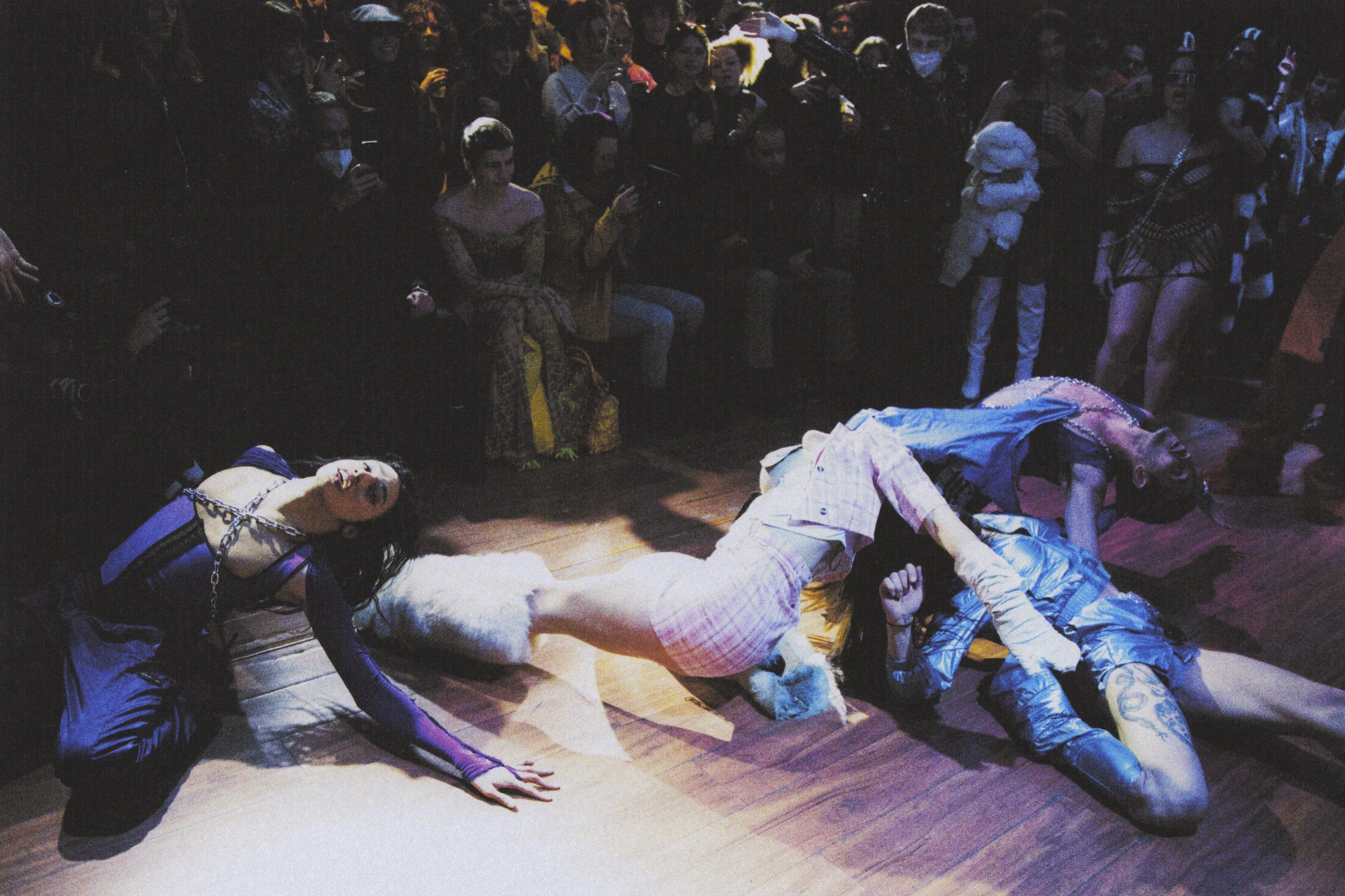
Credits
Photography Gesualdo Lanza
Art Direction Maria Laura Buoninfante
